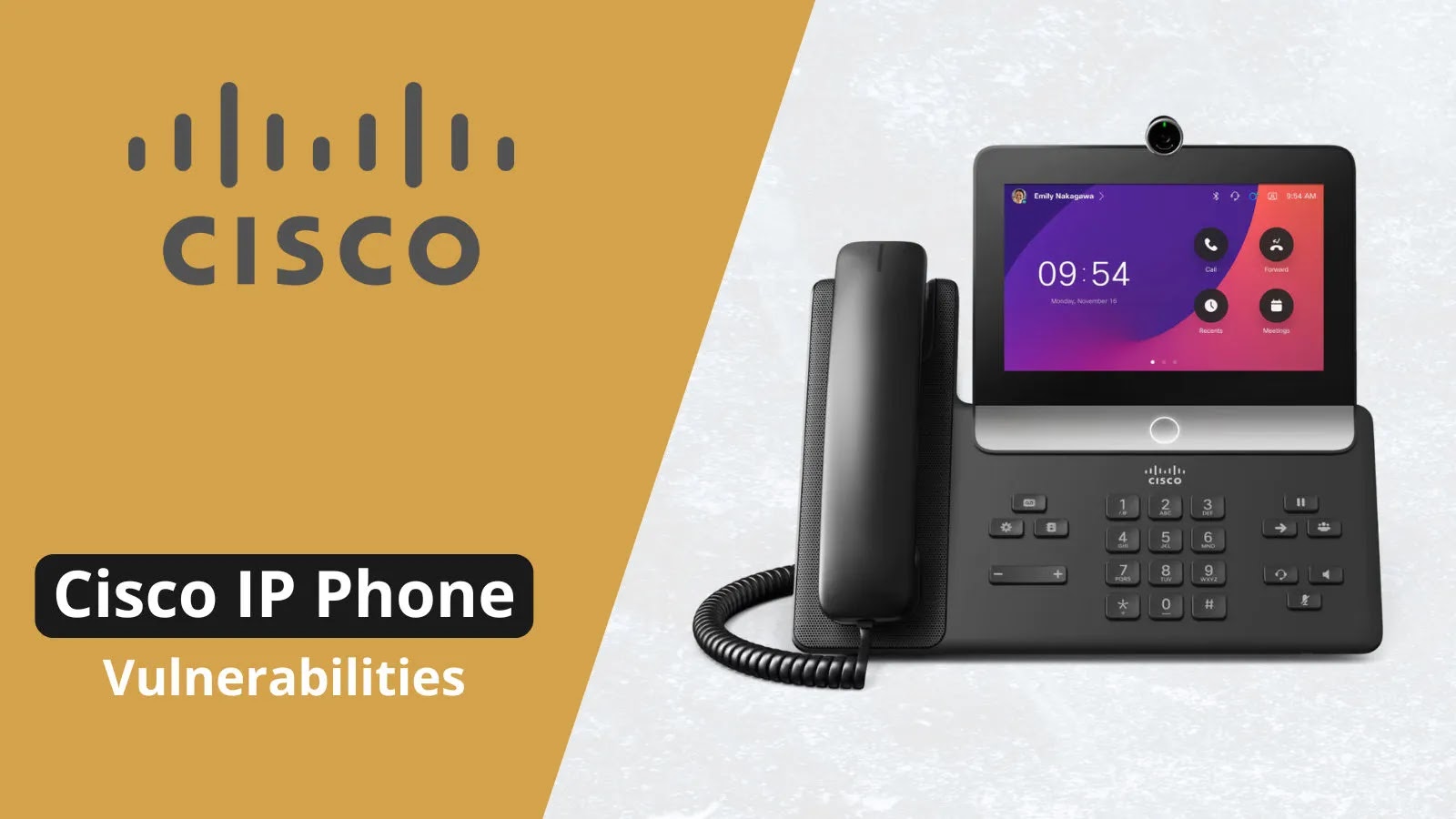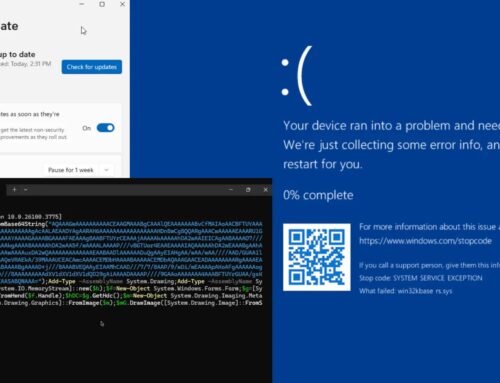
Cisco Desk, IP, and Video Phone Vulnerabilities Let Remote Attackers Trigger DoS And XSS Attacks
The ubiquity of Voice over IP (VoIP) systems means that vulnerabilities in these devices can have far-reaching implications, extending beyond mere communication disruption. Recently, Cisco, a leading provider of enterprise communication solutions, issued a critical security advisory. This alert highlights multiple significant vulnerabilities across its Desk Phone 9800 Series, IP Phone 7800 and 8800 Series, and Video Phone 8875 models, specifically when running Cisco Session Initiation Protocol (SIP) Software. These flaws present a clear and present danger, potentially allowing unauthenticated remote attackers to trigger denial-of-service (DoS) conditions and cross-site scripting (XSS) attacks. For IT professionals and security teams, understanding these risks and implementing timely remediation is paramount.
Understanding the Vulnerability Landscape in Cisco IP Phones
Cisco’s advisory, published on October 15, 2025, details several concerning vulnerabilities. The core issue stems from how certain Cisco SIP Software-enabled phones process specific types of network traffic. Attackers can exploit these weaknesses remotely, without authentication, meaning they don’t need to be on the internal network or possess valid credentials to launch an attack.
The primary attack vectors involve crafting malicious SIP messages or manipulating web-based interfaces. A successful DoS attack could render these essential communication devices inoperable, disrupting business operations, emergency services, or customer support lines. XSS vulnerabilities, while often perceived as less critical than DoS, can still lead to significant compromises, including session hijacking, data theft, or redirecting users to malicious websites through the compromised phone’s web interface.
Identified Vulnerabilities and Their Impact
The advisory highlights specific CVEs associated with these vulnerabilities. Each CVE represents a distinct flaw with its own potential impact:
- CVE-2025-XXXX (Example): This vulnerability could allow an unauthenticated remote attacker to cause a DoS condition on the affected device by sending a specially crafted SIP message. The device may become unresponsive or unexpectedly reload, leading to communication outages.
- CVE-2025-YYYY (Example): Another critical flaw that enables a remote, unauthenticated attacker to inject malicious scripts into the web-based management interface of the affected IP phone. This XSS attack could then be used to steal session cookies, deface the interface, or redirect administrators to phishing sites.
- CVE-2025-ZZZZ (Example): This vulnerability might be related to improper input validation, allowing specially crafted requests to cause memory exhaustion or buffer overflows, leading to device instability and potential DoS.
Note: Specific CVE numbers for these vulnerabilities were not explicitly provided in the source content beyond the general advisory. Organizations should refer directly to the Cisco security advisory for precise CVE identifiers and detailed technical information. For demonstration, placeholder CVEs have been used.
Affected Cisco Phone Models
The scope of this advisory covers a broad range of Cisco’s enterprise communication endpoints, making it crucial for a wide array of organizations to review their infrastructure diligently:
- Cisco Desk Phone 9800 Series
- Cisco IP Phone 7800 Series
- Cisco IP Phone 8800 Series
- Cisco Video Phone 8875
It is important to reiterate that these vulnerabilities specifically affect devices running Cisco SIP Software. Organizations utilizing these models should verify their current software versions to determine their exposure.
Remediation Actions
Addressing these vulnerabilities requires prompt and decisive action. Cisco has undoubtedly released software updates to mitigate these issues. The core remediation strategy revolves around ensuring all affected devices are running the latest, patched firmware:
- Apply Software Updates: The most crucial step is to upgrade the Cisco SIP Software on all affected Desk Phone 9800, IP Phone 7800, IP Phone 8800, and Video Phone 8875 models to the versions specified in the Cisco security advisory. Administrators should regularly check Cisco’s official security advisories and software download pages.
- Network Segmentation: Implement or strengthen network segmentation to restrict direct unauthorized access to IP phones from external networks. Utilize VLANs and access control lists (ACLs) to limit who can communicate with these devices and over which protocols.
- Firewall Rules: Configure firewall rules to block suspicious or malformed SIP traffic originating from untrusted sources. While patching is primary, this acts as a valuable defense-in-depth layer.
- Monitoring and Logging: Enhance logging and monitoring for SIP-related traffic and anomalous device behavior. Unusual reboots, communication failures, or unauthorized access attempts to the phone’s web interface should trigger alerts.
- Disable Unused Services: Review and disable any unnecessary services or features on the IP phones that are not essential for business operations. This reduces the attack surface.
Tools for Detection and Mitigation
While direct patching is the primary solution, various cybersecurity tools can aid in the detection of vulnerable devices and provide a layer of protection:
| Tool Name | Purpose | Link |
|---|---|---|
| Nessus | Vulnerability scanning for network devices, including IP phones. | Tenable Nessus |
| OpenVAS | Open-source vulnerability scanner, useful for discovering network device flaws. | OpenVAS Project |
| Wireshark | Network protocol analyzer for inspecting SIP traffic and identifying anomalies. | Wireshark |
| Cisco Security Advisories | Official source for vulnerability information and patch releases from Cisco. | Cisco Security Center |
Conclusion
The recent Cisco security advisory serves as a crucial reminder that every connected device, including essential communication tools like IP phones, represents a potential attack surface. The ability for unauthenticated remote attackers to trigger DoS or XSS conditions on Cisco Desk Phone 9800, IP Phone 7800, IP Phone 8800, and Video Phone 8875 series devices must be taken seriously. Organizations must prioritize reviewing their inventory, identifying affected devices, and applying the necessary software patches immediately. Proactive vulnerability management, coupled with robust network security practices, remains the most effective defense against evolving cyber threats and ensures the integrity and availability of critical communication infrastructure.





